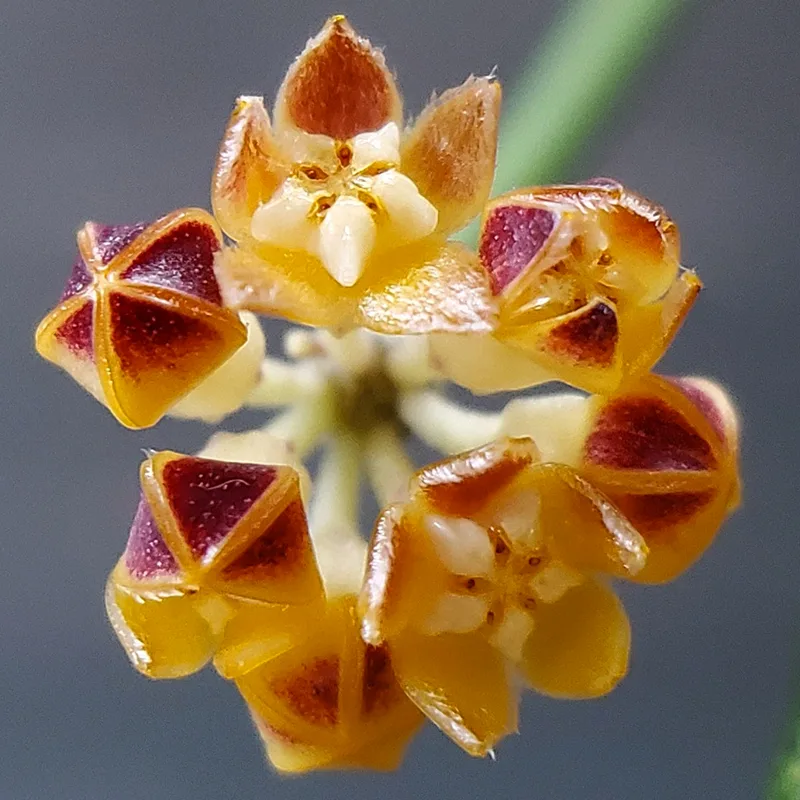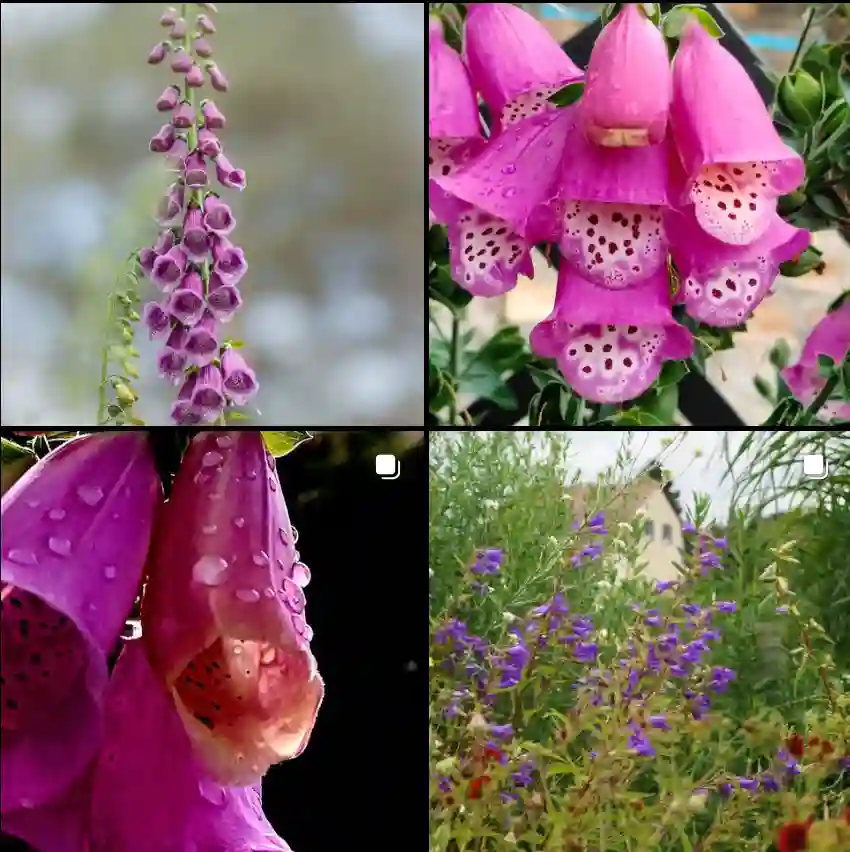A Single Species, a Double-Edged Sword: The Enigma of Catha Edulis
Catha Edulis, a solitary species within the genus Catha, has cast a long shadow over the cultural and social landscapes of the Horn of Africa and the Arabian Peninsula. This enigmatic plant, commonly known as khat or qat, has been both celebrated and condemned, revered and reviled, for centuries. Its unique properties and the complex cultural practices surrounding its consumption have made it a subject of enduring fascination and scientific inquiry.
A Botanical Marvel
Catha Edulis is an evergreen shrub or small tree that can reach heights of up to 10 meters. Its glossy, dark green leaves are the primary source of its psychoactive effects. The plant thrives in subtropical and tropical climates, particularly in mountainous regions. Its cultivation and consumption are deeply ingrained in the cultural traditions of countries like Yemen, Ethiopia, Somalia, and Kenya.
The Enticing Effects of Khat
The allure of khat lies in its stimulating properties, primarily attributed to the alkaloid cathinone. When chewed, the leaves release cathinone, which is rapidly absorbed into the bloodstream, producing a sense of euphoria, increased alertness, and reduced appetite. The experience is often described as a mild, social high, similar to the effects of mild amphetamines or cocaine.
However, the effects of khat are complex and can vary widely depending on factors such as the amount consumed, individual sensitivity, and the specific strain of the plant. Prolonged or excessive use can lead to a range of health issues, including addiction, anxiety, insomnia, and cardiovascular problems.
A Cultural Tapestry
Khat plays a significant role in the social and cultural fabric of many societies. It is often consumed in communal settings, fostering social interaction, bonding, and a sense of community. In some cultures, khat is associated with hospitality, celebration, and traditional rituals. It is often shared among friends and family, creating a sense of camaraderie and relaxation.
In Yemen, for example, khat chewing is an integral part of daily life. It is consumed in special sessions known as “mafraj,” where people gather to chew khat, discuss current events, and socialize. In Ethiopia, khat is often associated with traditional coffee ceremonies and is consumed alongside coffee as a social stimulant.
A Controversial Commodity
Despite its cultural significance, khat has been the subject of considerable controversy and legal restrictions. Many countries have classified it as a controlled substance due to its potential for abuse and addiction. The United Nations has also expressed concerns about its health risks and social implications.
However, in regions where khat is deeply ingrained in the cultural and economic landscape, efforts to regulate or ban it have often met with resistance. This has led to a complex interplay between cultural traditions, public health concerns, and international drug control policies.
A Plant of Contradictions
Catha Edulis, a single species with a rich history and diverse cultural significance, presents a fascinating study in the intersection of botany, pharmacology, and society. Its unique properties and the controversies surrounding its use highlight the complex relationship between humans and plants. As scientific research continues to unravel the mysteries of this enigmatic plant, it is essential to approach it with a nuanced understanding of its cultural, social, and health implications.
By recognizing the cultural significance of khat while acknowledging its potential risks, we can foster a more informed and balanced approach to this controversial plant.
The Future of Khat
The future of khat remains uncertain. As global awareness of its potential health risks grows, there may be increased pressure to regulate or ban it. However, its deep-rooted cultural significance and economic importance in many regions may hinder such efforts.
It is possible that a more nuanced approach, which balances public health concerns with cultural sensitivities, may be necessary. This could involve measures such as education campaigns, harm reduction strategies, and targeted interventions to address specific health issues associated with khat use.
Ultimately, the future of khat will depend on a careful balancing of cultural traditions, scientific evidence, and public health policy. By understanding the complex factors that shape its use, we can work towards a more informed and sustainable approach to this enigmatic plant.




